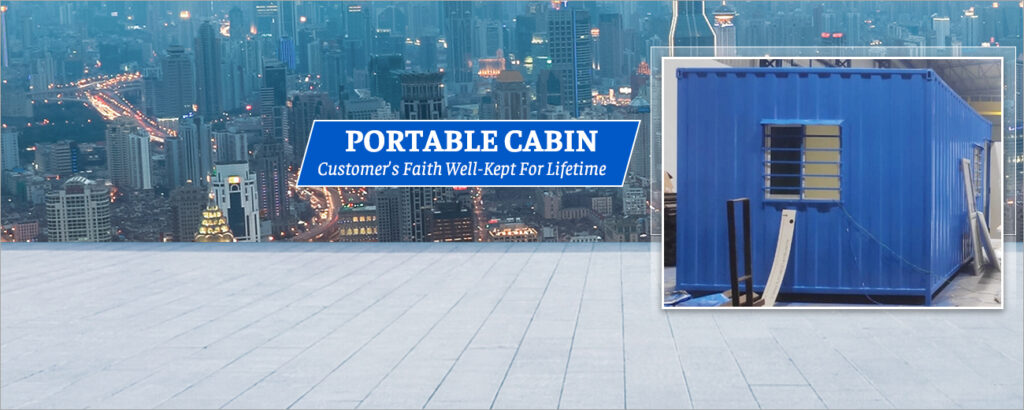Movable homes are becoming increasingly popular in India, as they offer a number of advantages over traditional brick-and-mortar homes. They are more affordable, can be built quickly, and are often more sustainable. Movable homes can also be easily transported to new locations, making them a good option for people who frequently relocate or who want to live in a remote area. Vijay Portable Cabins is a leading provider of movable homes in India. They offer a wide variety of portable cabins, including cabins for residential, commercial, and industrial use. Vijay Portable Cabins is known for their high-quality construction and their commitment to customer satisfaction. If you are considering buying a movable home in India, Vijay Portable Cabins is a great option. They offer a wide variety of choices, competitive prices, and excellent customer service.

Types of Movable Homes
There are many different types of movable homes available in India, ranging from small cabins to large trailers. Some of the most popular types include:
- Portable cabins: These are small, prefabricated homes that can be easily transported. They are often used as vacation homes, guesthouses, or office space.
- Mobile homes: These are larger homes that are built on a trailer chassis. They can be towed to a new location, but they are not as easy to move as portable cabins.
- Modular homes: These homes are built in sections that are then assembled on-site. They offer more flexibility than traditional homes, as they can be customized to fit the needs of the homeowner.
- Shipping container homes: These homes are made from recycled shipping containers. They are a sustainable option and can be easily customized.
Benefits of Movable Homes
There are many benefits to owning a movable home in India. Some of the most important benefits include:
- Affordability: Movable homes are typically much more affordable than traditional brick-and-mortar homes. This is because they are made with prefabricated materials and can be built quickly.
- Speed: Movable homes can be built much faster than traditional homes. This is because they are prefabricated and can be assembled on-site in a matter of weeks.
- Sustainability: Movable homes can be a more sustainable option than traditional homes. This is because they can be made with recycled materials and can be easily relocated to a new location.
- Flexibility: Movable homes offer more flexibility than traditional homes. This is because they can be easily moved to a new location, making them a good option for people who frequently relocate or who want to live in a remote area.
Drawbacks of Movable Homes
There are a few drawbacks to owning a movable home in India. Some of the most important drawbacks include:
- Zoning restrictions: Some areas may have zoning restrictions that prohibit movable homes. This is important to check before buying a movable home.
- Financing: Financing for movable homes can be more difficult to obtain than financing for traditional homes. This is because movable homes are considered to be a higher risk investment.
- Insurance: Insurance for movable homes can be more expensive than insurance for traditional homes. This is because movable homes are considered to be a higher risk.
Conclusion
Movable homes are a growing trend in India. They offer a number of advantages over traditional brick-and-mortar homes, including affordability, speed, sustainability, and flexibility. However, there are also some drawbacks to owning a movable home, such as zoning restrictions and difficulty in obtaining financing.
